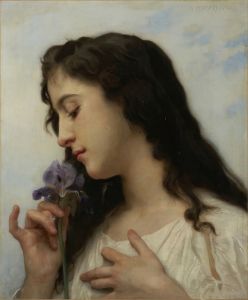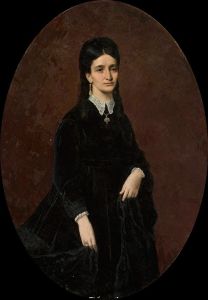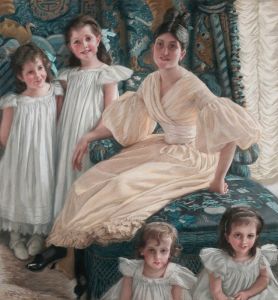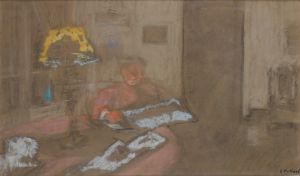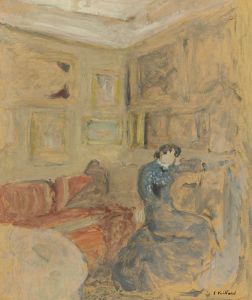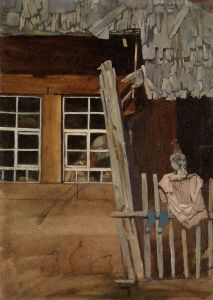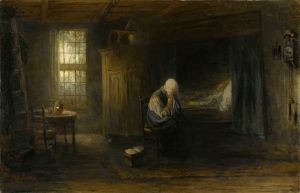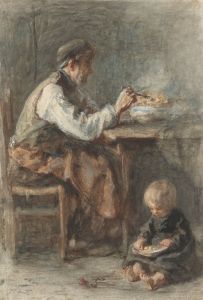
Woman at a Window
A hand-painted replica of Jozef Israëls’s masterpiece Woman at a Window, meticulously crafted by professional artists to capture the true essence of the original. Each piece is created with museum-quality canvas and rare mineral pigments, carefully painted by experienced artists with delicate brushstrokes and rich, layered colors to perfectly recreate the texture of the original artwork. Unlike machine-printed reproductions, this hand-painted version brings the painting to life, infused with the artist’s emotions and skill in every stroke. Whether for personal collection or home decoration, it instantly elevates the artistic atmosphere of any space.
Jozef Israëls was a prominent Dutch painter associated with the Hague School, a group of artists in the Netherlands who were active during the late 19th century. Known for his realistic and emotive portrayals of everyday life, Israëls often depicted scenes of rural and working-class individuals, capturing the essence of their struggles and emotions with a sympathetic eye. Among his notable works is "Woman at a Window," a painting that exemplifies his style and thematic focus.
"Woman at a Window" is a poignant representation of a solitary figure, a woman, positioned by a window. The painting is characterized by its subdued color palette and the introspective mood it conveys. Israëls was known for his ability to infuse his works with a sense of narrative and emotion, and this painting is no exception. The woman, depicted in a moment of quiet reflection, gazes out of the window, suggesting a sense of longing or contemplation. The light filtering through the window softly illuminates her figure, highlighting the textures of her clothing and the subtle expressions on her face.
The composition of "Woman at a Window" is carefully constructed to draw the viewer's attention to the emotional state of the subject. Israëls often employed such techniques to evoke empathy and connection with the individuals he portrayed. The window serves as both a literal and metaphorical element in the painting, symbolizing a barrier between the interior world of the woman and the exterior world beyond. This theme of isolation and introspection is a recurring motif in Israëls' work, reflecting the broader social and economic conditions of the time.
Israëls' work was deeply influenced by the social realism movement, which sought to depict the lives of ordinary people with honesty and sensitivity. His paintings often highlighted the dignity and resilience of his subjects, despite their often challenging circumstances. "Woman at a Window" is a testament to his skill in capturing the quiet moments of life, imbuing them with a sense of depth and meaning.
The Hague School, to which Israëls belonged, was known for its focus on realism and its departure from the romanticized depictions of earlier art movements. Artists of the Hague School were inspired by the naturalistic approach of the French Barbizon School, and they often painted en plein air to capture the changing effects of light and atmosphere. Israëls, however, was particularly noted for his interior scenes, where he could explore the nuances of human emotion and domestic life.
"Woman at a Window" remains an important work within Israëls' oeuvre, exemplifying his mastery of technique and his empathetic approach to his subjects. The painting continues to be appreciated for its timeless portrayal of human introspection and its ability to resonate with viewers on a personal level. Through his art, Jozef Israëls has left a lasting legacy, offering a window into the lives and emotions of individuals from a bygone era.





